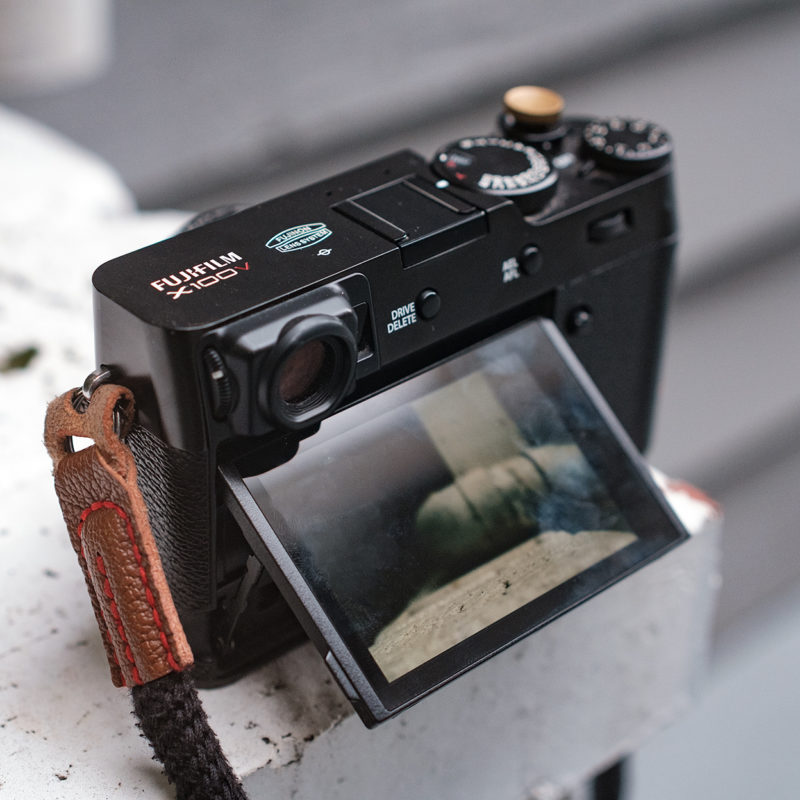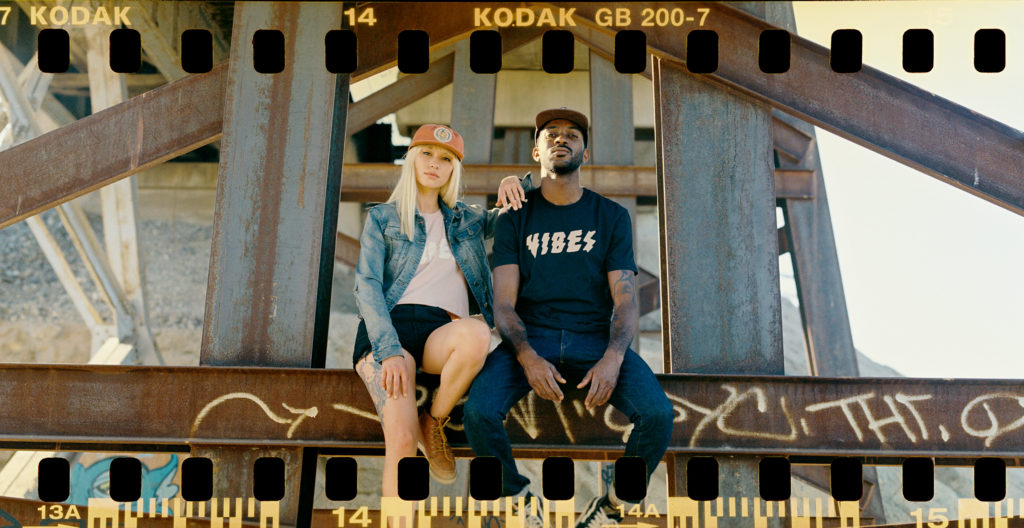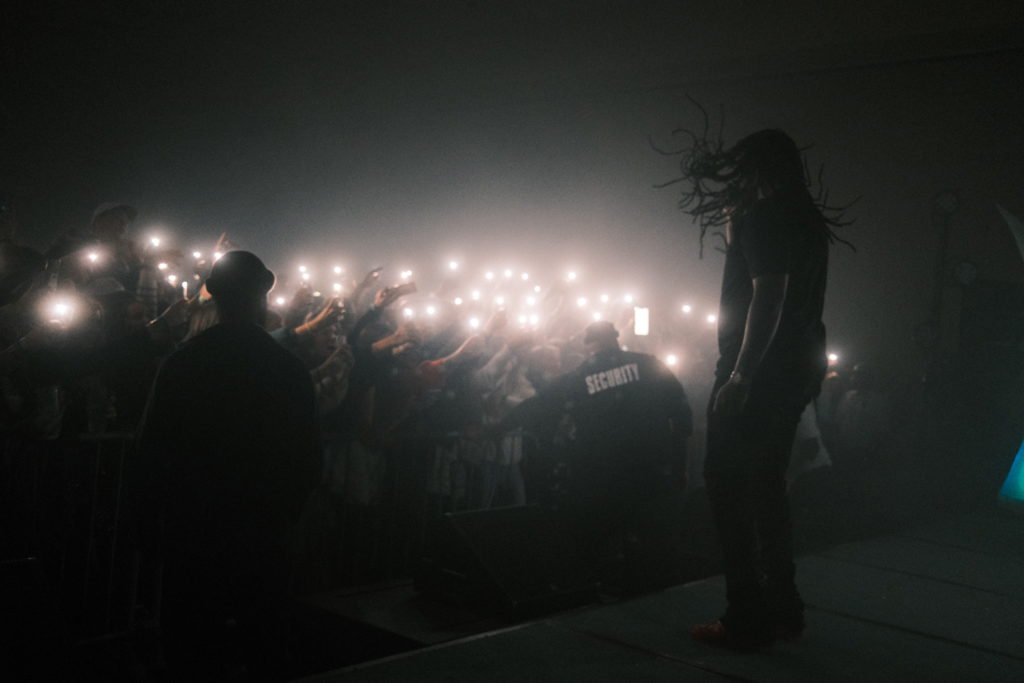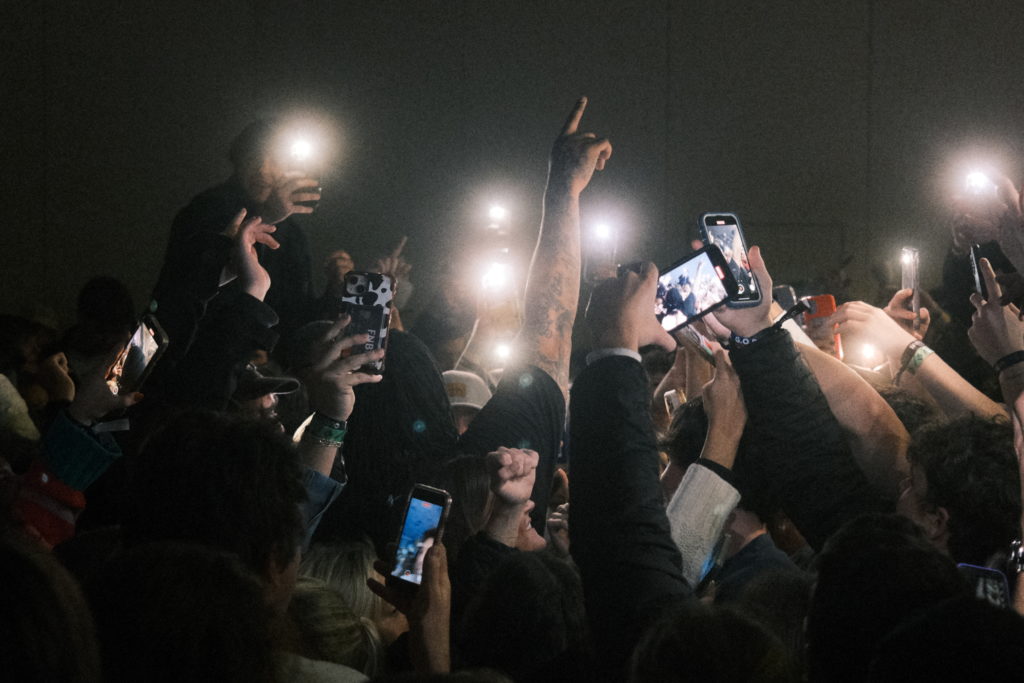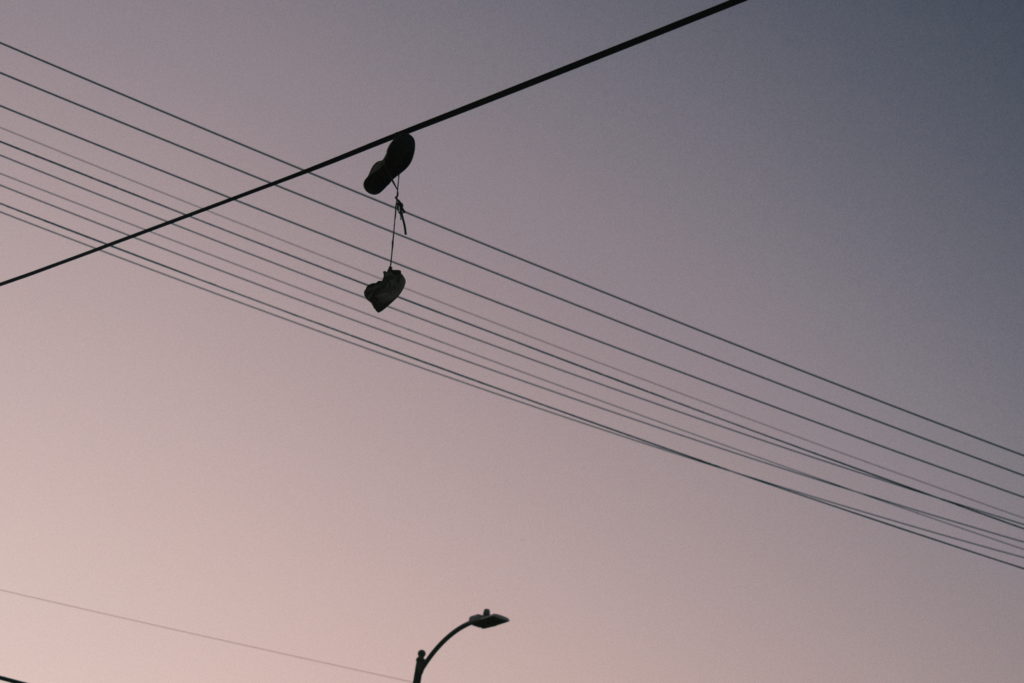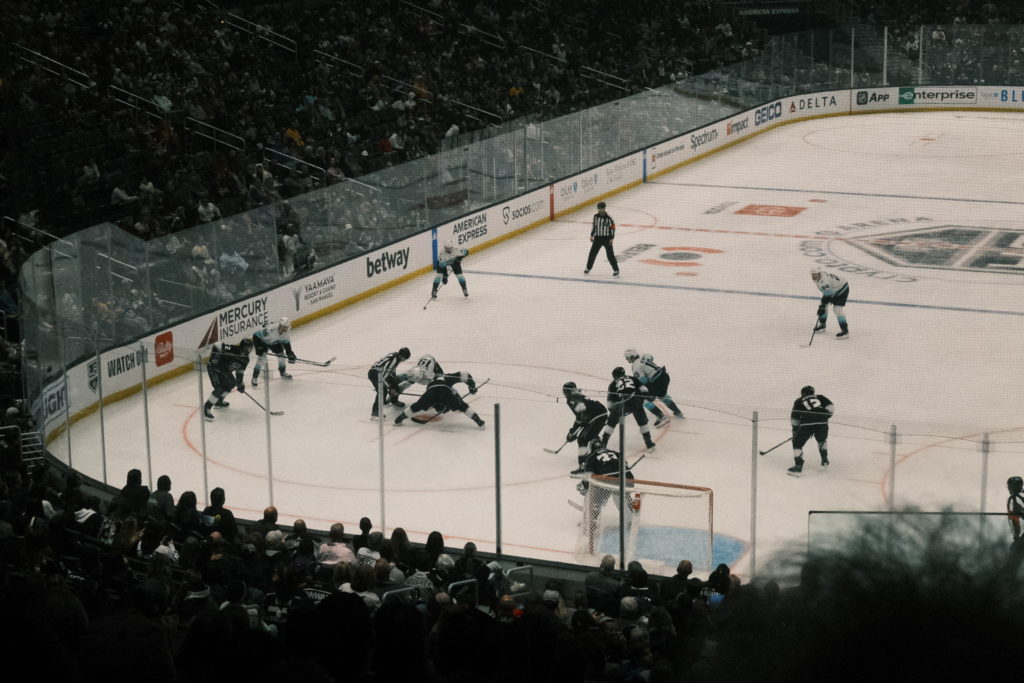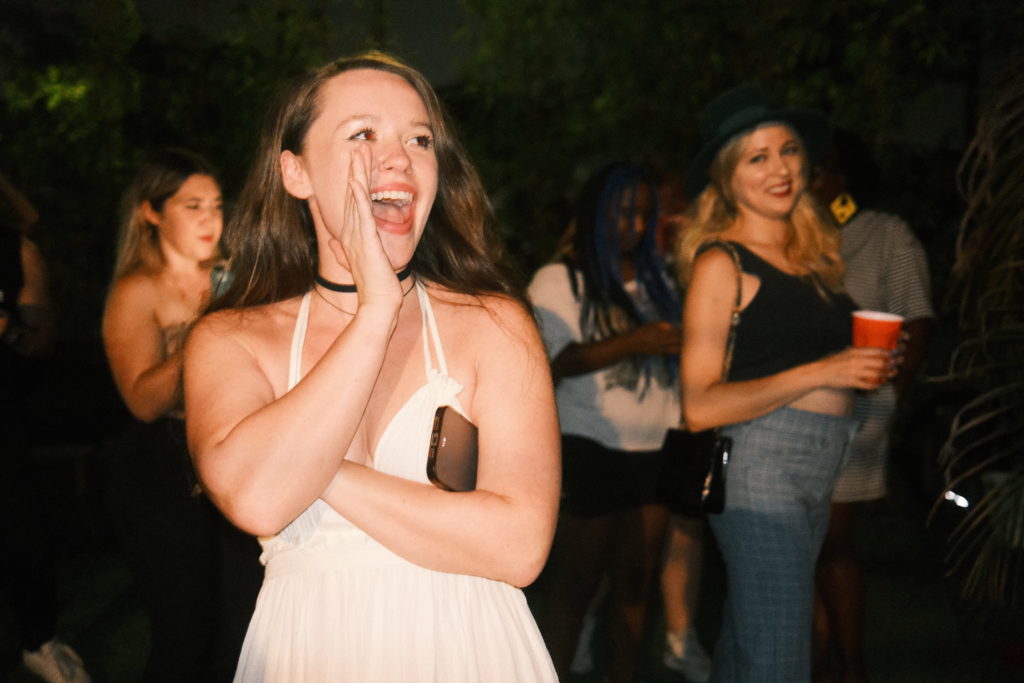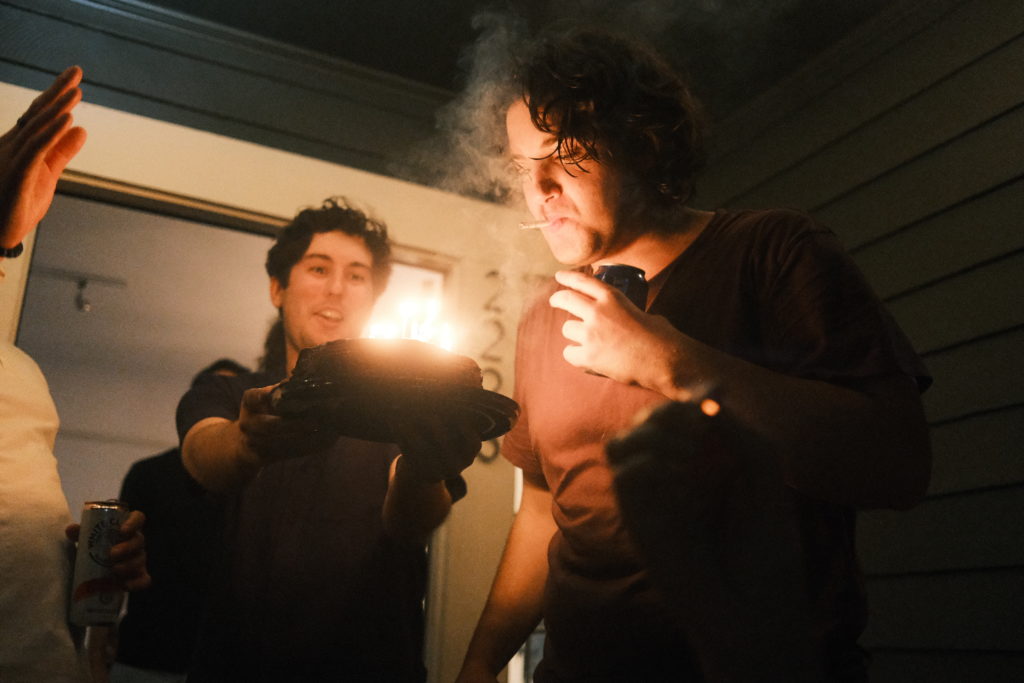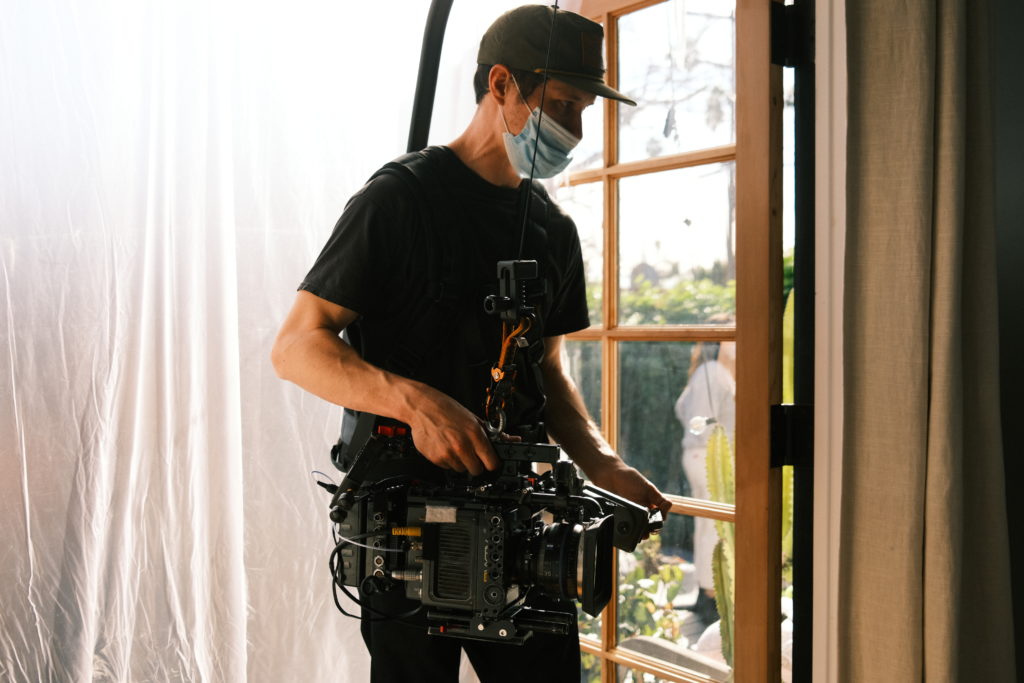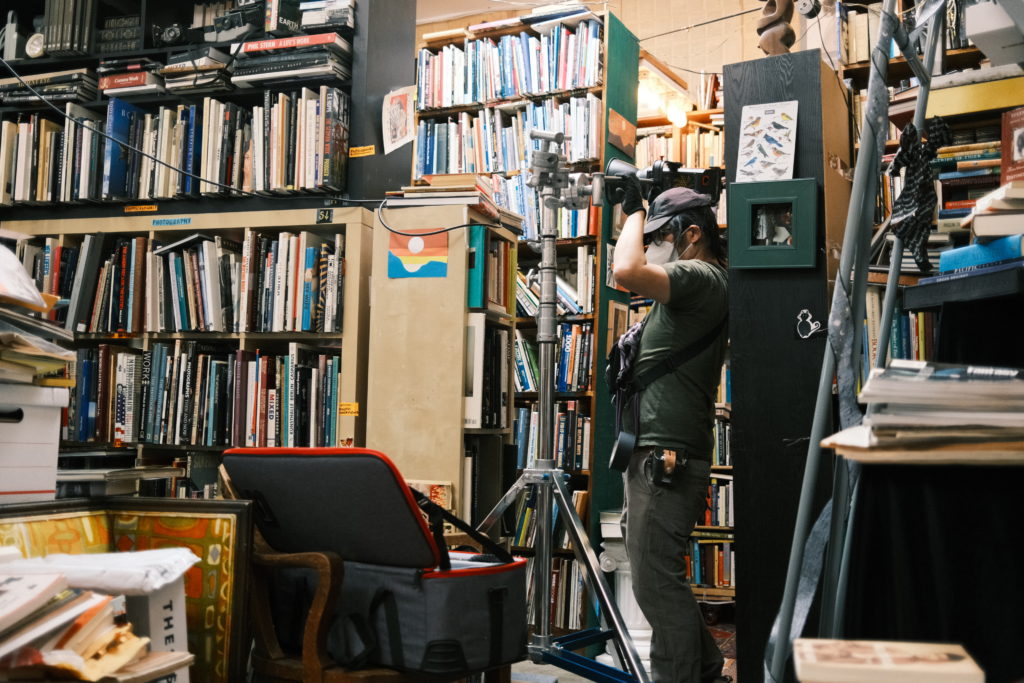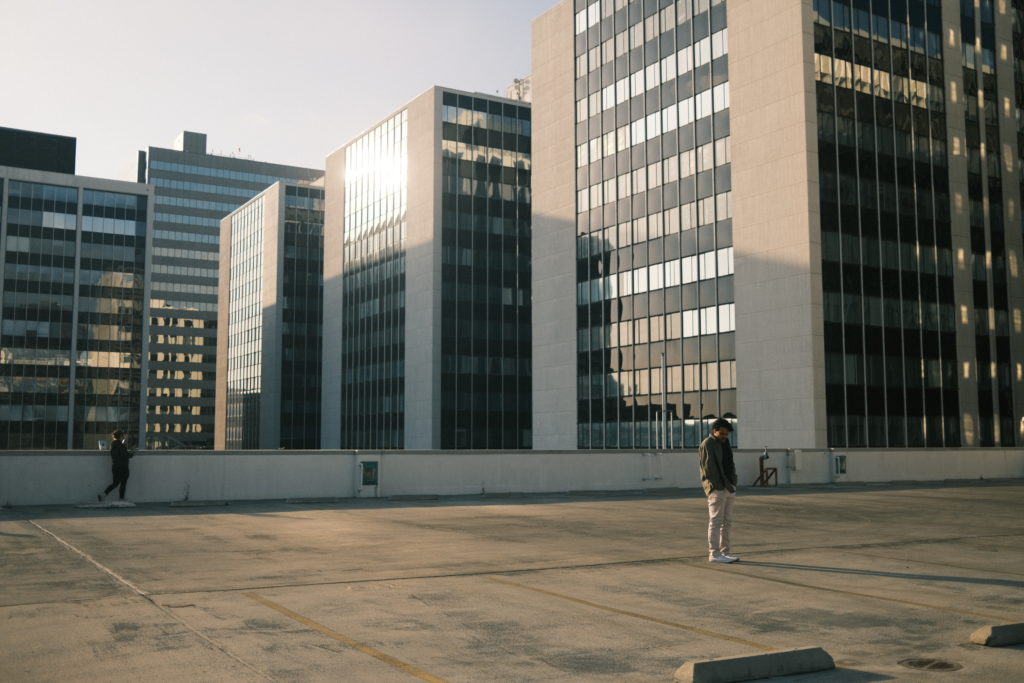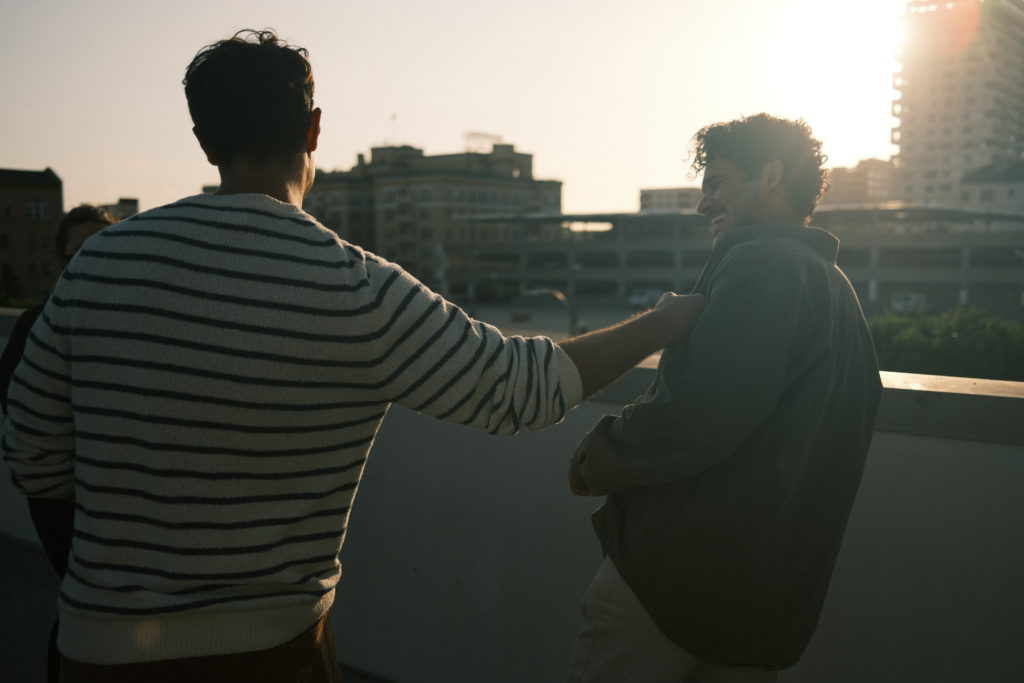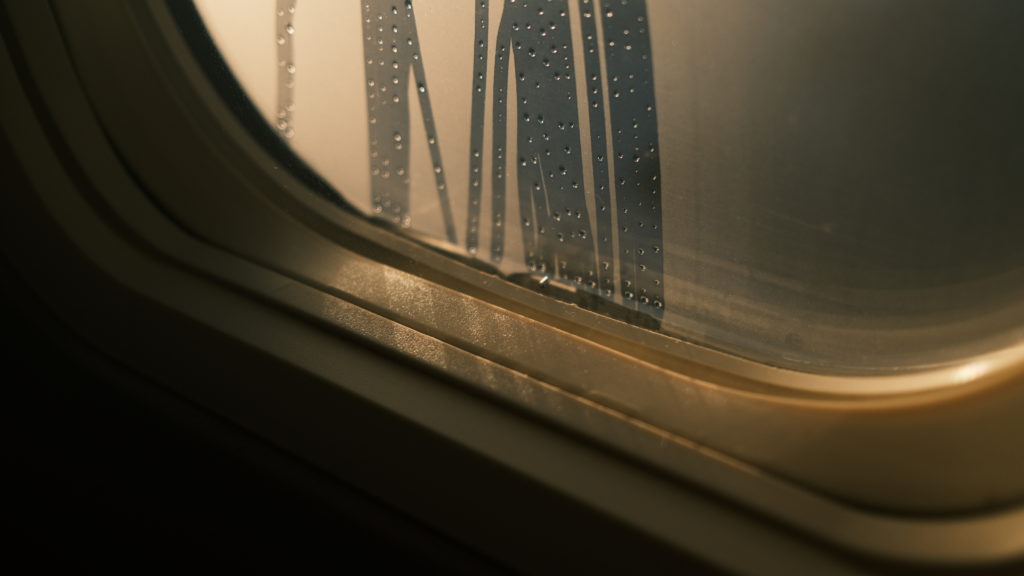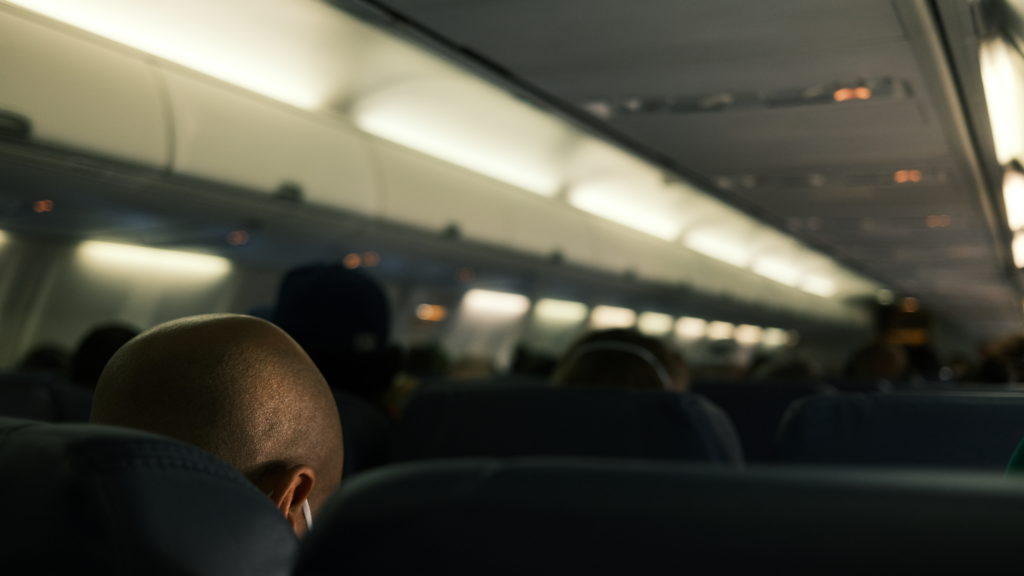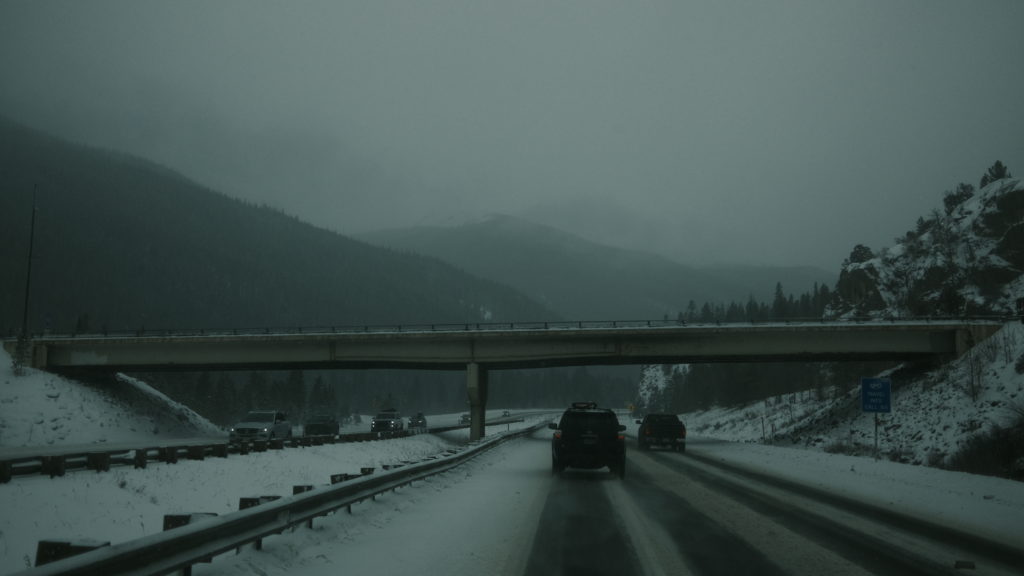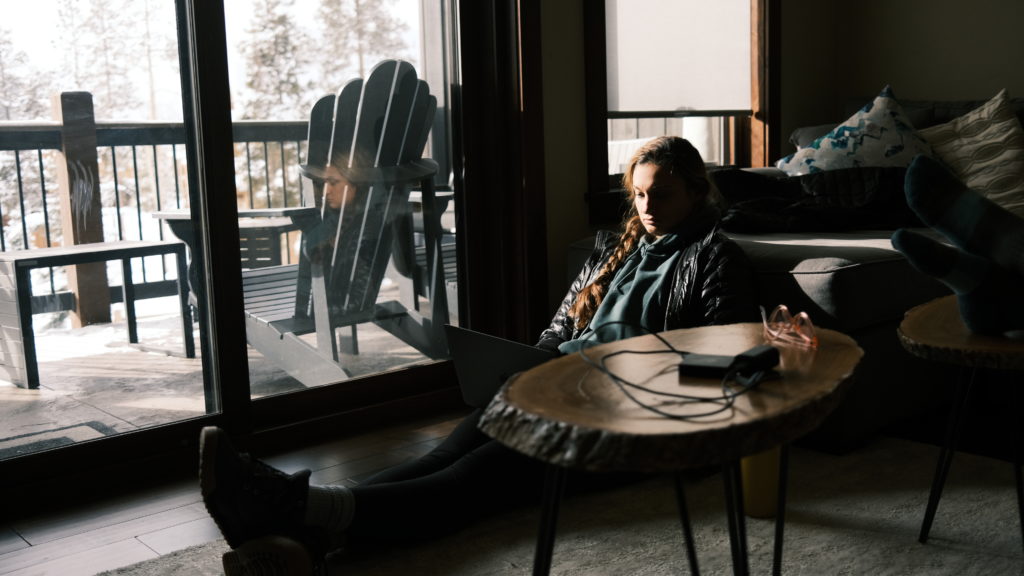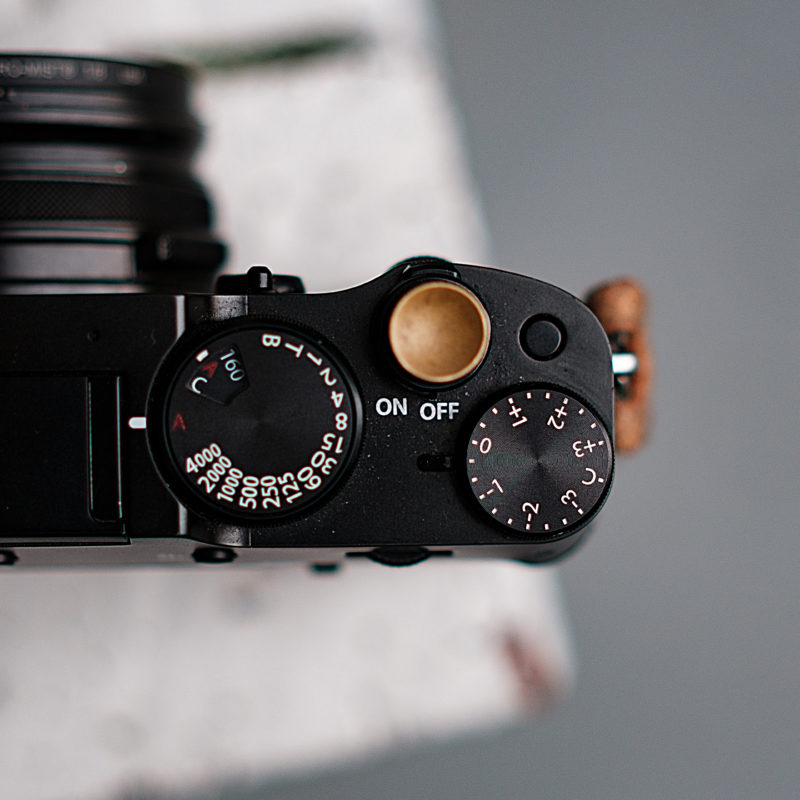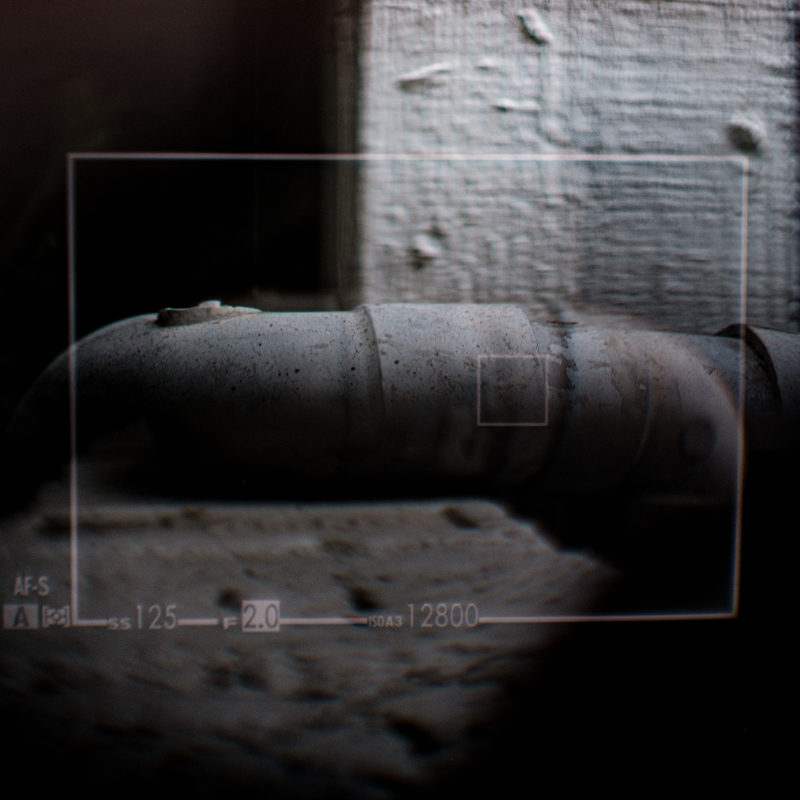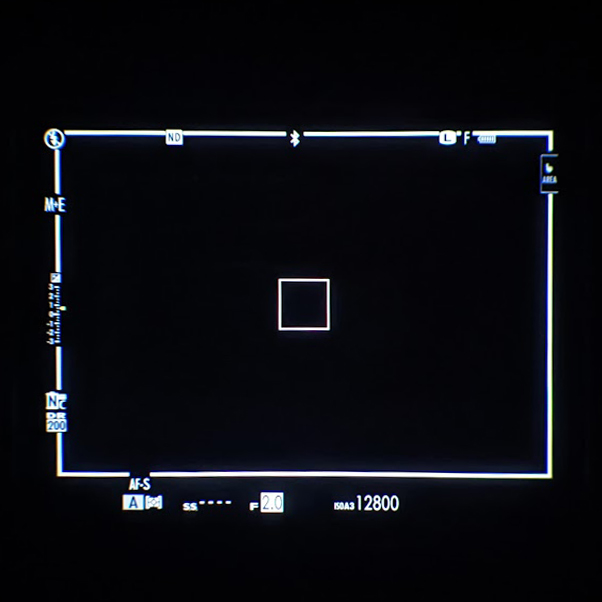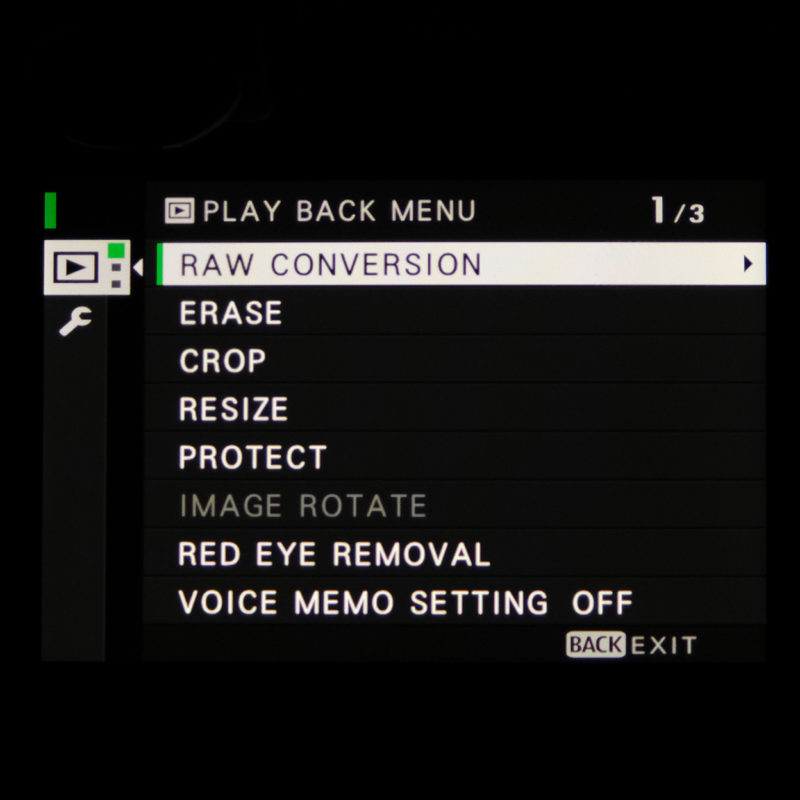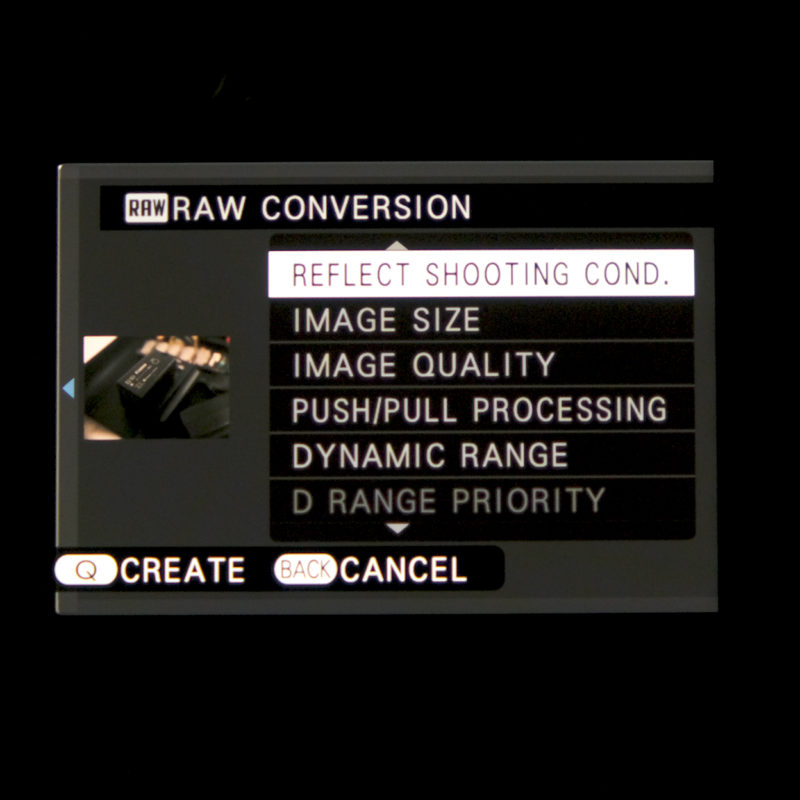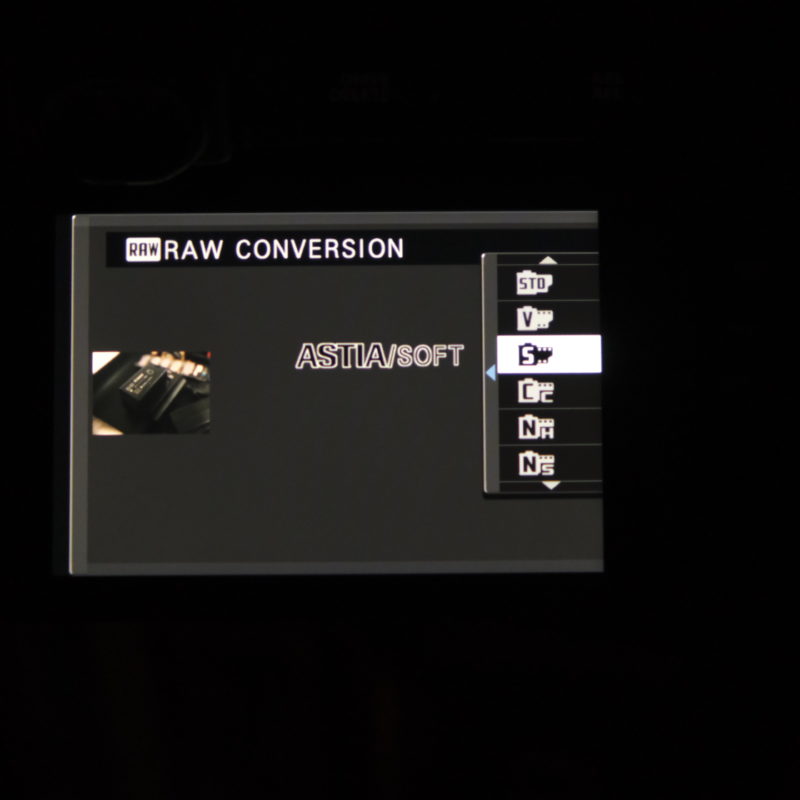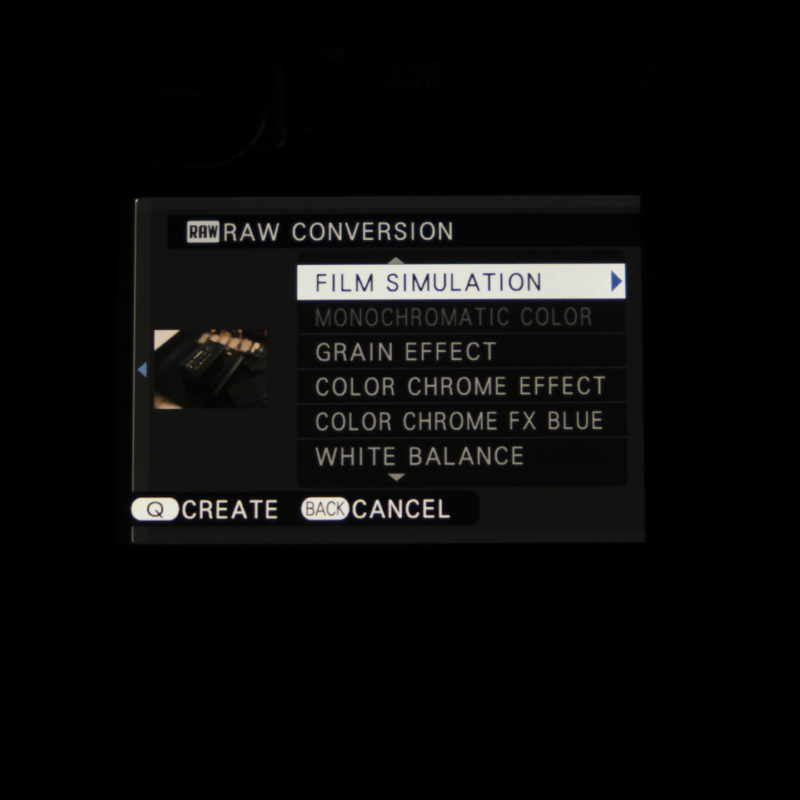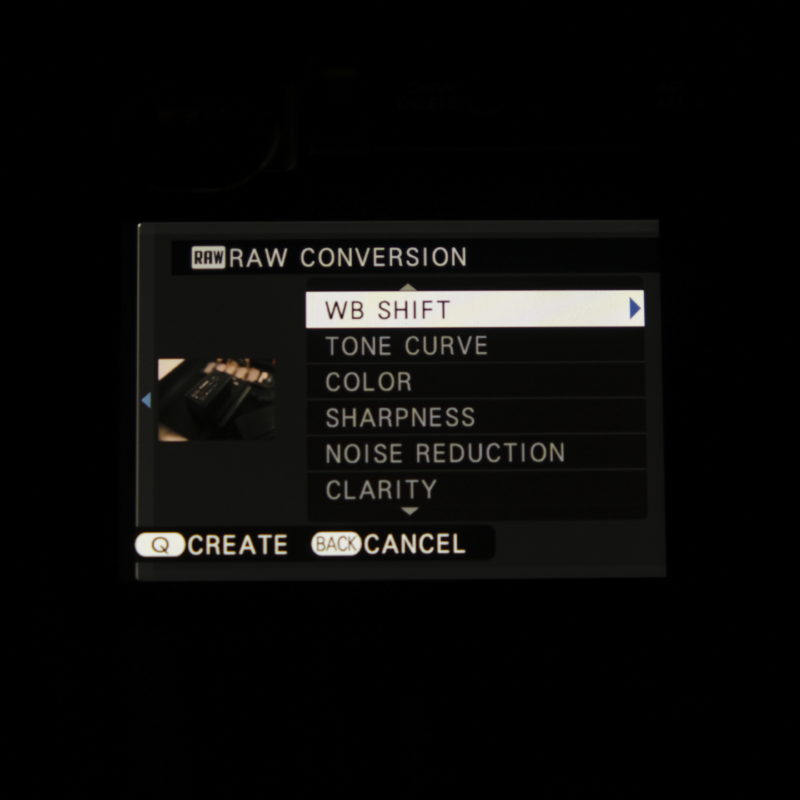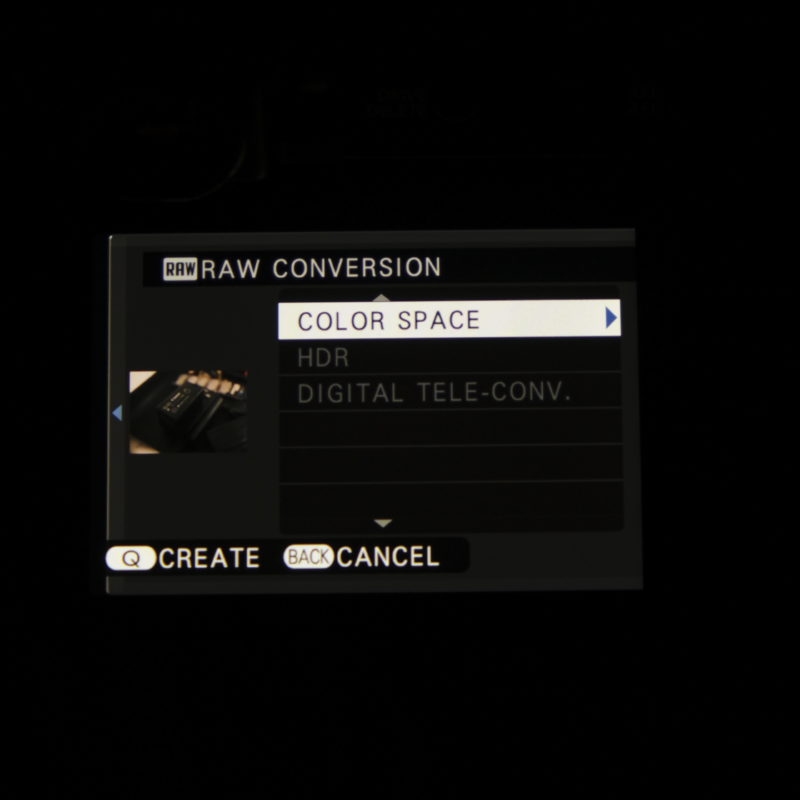I have to talk about the Fujifilm X100V.
I’ve not kept it a secret that I love the Fujifilm cameras, you can read any of my reviews here on ProVideo Coalition, but this one might be my favorite.
You see, I’m primarily a Cinematographer. I do get hired to shoot photos from time to time (in college I was an events photographer for Red Bull and Arizona State respectively) but as it’s not my main source of income by any means, most of my photography is for the enjoyment of it. I don’t need crazy burst fire or the highest megapixelage, I’m not too bothered with Full Frame vs APS-C, I don’t even need a “new” camera really. Honestly, what I need is something I don’t have to think about too much.
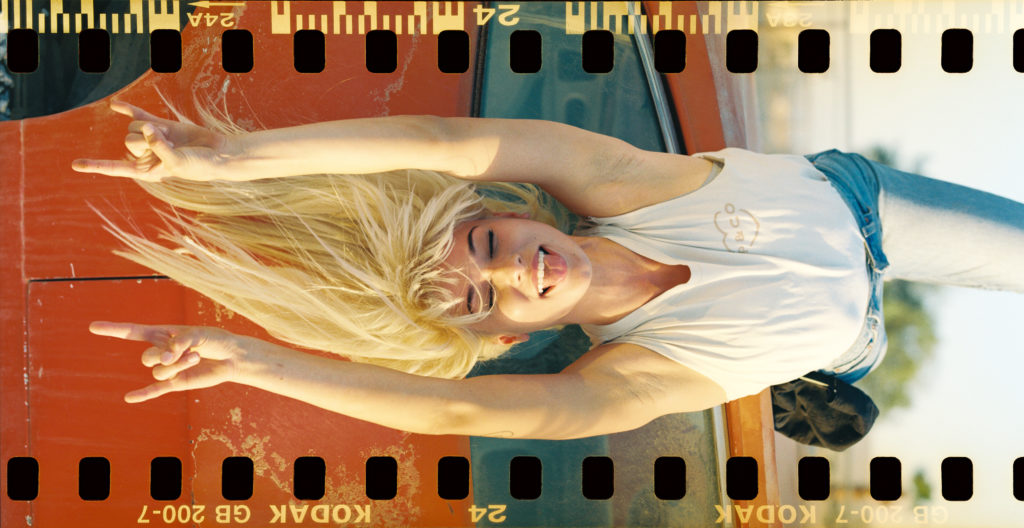
These days, a cell phone is the “best” camera as it’s the one you have with you (as the saying goes) and modern cell phones are absolutely up to the task of creating fantastic images with essentially no input from the image taker thanks to modern image processing and AI on these fast phones. I’ve written an article about mobile photography and even back then on my OG Pixel or Pixel 3a the results I got were lovely, not to mention how good things look on my Pixel 6 or a new iPhone. Even video on these things looks pretty good! Often times I’ll shoot raw with my Pixel 6 and throw it in Snapseed to do some edits to get it looking a little nicer, and those results often look like they were shot on a much nicer camera.
But that process, and those images, don’t necessarily spark joy.
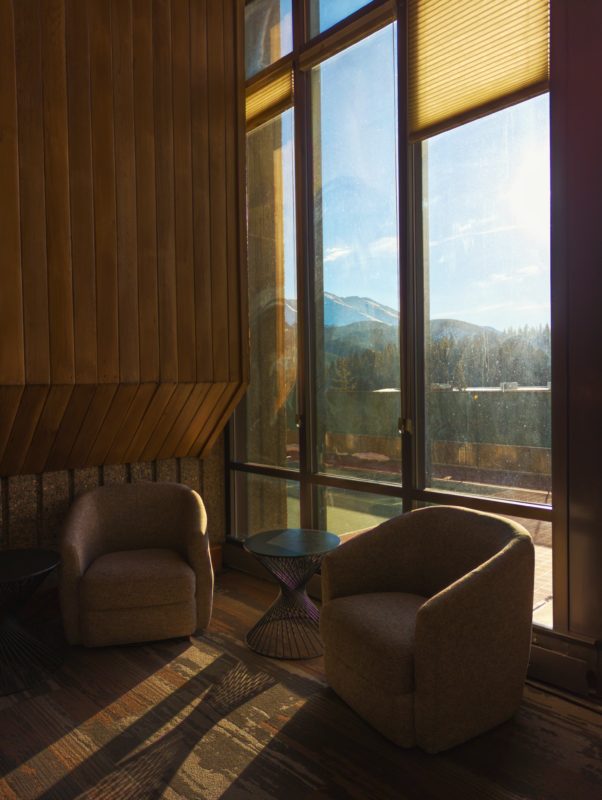
No, I can’t say I’ve ever looked at a cell phone photo, or taken a photo with my cell phone and been elated. I’ve been satisfied: “Yup, that’s a good one” I’ll think. I may even be impressed; “Oh wow, that came out better than expected.” but the act of taking the photo and the end-result are the most soulless, fast-calorie experience I could imagine. It’s the half-wet bottle rocket of photography. Sure, I could really buckle down and only shoot photos on my cell phone and treat it like a proper camera (and in my Mobile Photography article, that’s exactly what I did) but that still feels compulsive instead of intentional. With the image above, I took about 5 minutes just wandering around snapping shots at different angles and zoom levels until I was happy and then another 5 editing. What you don’t see is the 15 minutes I spent just trying to get anything working in that room, as it was lit beautifully but no composition really inspired.
To remedy this lack of inspiration, I used to strip down my Fujifilm XT3 and slap the 27mm pancake lens on it. That was a lot of fun and I love the experience of shooting with that camera, but every time I needed it for a photo gig or as a B-Cam for my video work I’d have to build it all back up again and any friction between me and my tools makes me not want to use them, so I’d tend to leave it built up as a B-Cam on rails and all that, and just go back to using my phone when I saw a good image. What I needed was a separate camera explicitly for that same kind of “in the moment” photography, with the capabilities of a proper photo camera and the size of a point and shoot. What I wanted was the X100V.
And then I got one. The photos below were all taken this past year with the X100V in JPEG with no edits.
The Fujifilm X100V has absolutely everything I want in a personal camera: it’s small enough to carry around in a jacket pocket or around my neck, it’s got a fixed 23mm f2 lens that’s perfect for street photography or shooting a night out with your friends (plus the digital zoom ain’t half bad), I adore the “rangefinder-esque” optical viewfinder with it’s super crisp HUD (or optionally you can toggle on the EVF), it can be used in Auto mode to get great results or fully manual, you can shoot Raw or Jpeg, it’s got all the fantastic Film Simulations that I had with my XT3 including the newer ones on the XT4 like Classic Negative (which I tend to use most)… honestly it’s more like an XT4 in a smaller body than anything as it has the same sensor and all the same video modes as well! It’s literally the best camera you can get for day-to-day photography. I stand by that, and I’ll back everything up below. The X100V sparks much joy.
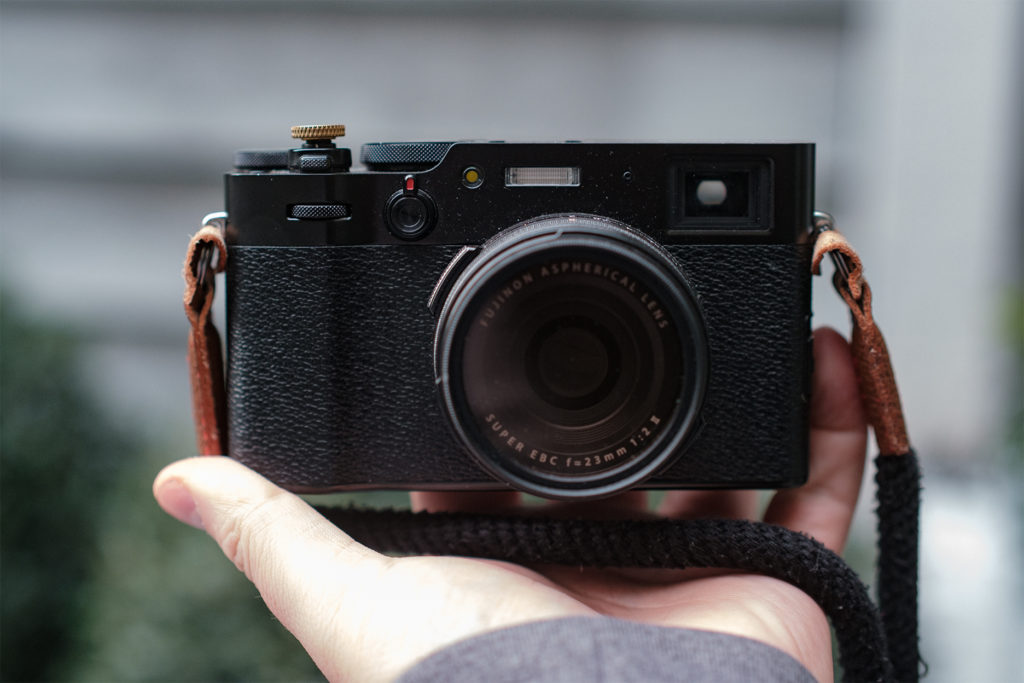
To start, size is a huge factor when it comes to a daily driver camera. As I said, any friction will stop you from using something, and a camera that’s too big to be conveniently carried around all day will not end up being brought around. The X100V is smaller than a Field Notes book from the front/back and is a little thicker than a deck of cards (minus the lens which is another inch-ish) which makes it easy to just plant next to your keys and wallet and make part of your “leaving the house” routine. I also have the filter adapter on there with a Warm Black Promist on there (I’ll explain that in a bit) so it’s a touch longer than stock but I’m fine with it. The smaller size means you only get one card slot in the battery compartment, but surprisingly you still get a USB-C port, a Micro HDMI port, and a Mic jack on the right side of the body and a tilting screen. There’s also a hot-shoe, if you need it. It also means that when you’re out and about people don’t get that “big camera fear” that civilians sometimes get when someone’s standing around with a big ol DSLR body and a telephoto lens. Instead it’s just perceived as a quaint little film camera. “Ah isn’t that fun?”
Somewhat related is the form factor: the X100 series of cameras just look effortlessly cool (everyone thinks it’s an old film camera. Everyone.) and have all the settings you need physically available at your fingertips without the need for menus. The aputure is on the lens, the ISO and Shutter Speed share a dial not unlike my Nikon F2 film camera, and there’s an additional knob for exposure compensation which I probably use more than anything on the camera. On the back you’ve got the Menu, Photo Review, and Display buttons, as well as the “Auto Lock” button and a Drive/Delete button, all remappable. On the front you also have a customizable button/lever, and on top of the camera there’s a little button flush with the camera body that can also be customized right by the Exposure Comp dial. I have that top button set to bring up the flash options (this camera has a built in flash which I’ll discuss briefly below), the front button is set to bring up the 4-Stop ND filter (a blissful, amazing addition to any camera let alone this one) and the Auto Lock button set to bring up my White Balance options.
The 23mm f2 lens is fixed to the body, but has received an upgrade from the other X100 models that allows for it to be shot wide open without image degradation. On previous versions of the camera, shooting at f2 would result in hazy edges and a loss of contrast, especially when taking photos close up. It wasn’t awful but it was certainly noticeable. With this new lens, that’s all been corrected and the lens is nice and sharp at all distances, in the middle as well as around the edges, and even when wide-open (obviously performing most optimally around the f4-f8 range as any lens does). The lens also seems to be a bit more contrasty overall delivering an apparent sharpness boost to the image as well. If 23mm isn’t quite your speed (a FoV equivalent to that of a 35mm lens on a Full Frame camera) there’s also Wide Angle and Telephoto conversion attachments available, neither of which I’ve tried, which will give you a 19mm and 50mm FoV equivalent respectively. As I’ve not handled either I couldn’t say what their performance is like, but overall I’d assume the wide is sharper than the standard lens and the tele is slightly softer, as that’s how those things tend to go. Using either of those converters or a filter, in any case, will complete the camera’s weatherproofing seal and let you get out in some more challenging conditions (without them the lens area is a possible ingress point for water or dirt). I’ve taken my X100V out in the snow, -10F weather, and come back in to a warm cabin with no issue and the camera has never locked up or refused to operate in any way so I’m pretty confident in its robustness. At least so far.
Further diving in to the body, I have to highlight the viewfinder. It’s so, so nice to look through the glass and see a “real” image reflected in there as it’s the one thing I do miss about DSLRs. Looking at an LCD just feels weird to me still, even though I’ve been shooting mirrorless going on 4 years now. The thing I particularly love about the X100’s “rangefinder” styling is that HUD I mentioned. Instead of having, let’s say, 95% coverage of your image area it’s more like 150% overall, and then frame lines that tell you which area of the image is being captured. This is fantastic because you can not only see what compositional options you have without having to twirl your head in circles like you would with a traditional camera, but you can also see if things are going to come in to your frame before they get there, making it much easier to time an action shot or capture someone or something exactly where you want them in your composition. Furthermore, when you use the electronic zoom (giving you 50mm and 70mm equivalent crops) or change your ratio (options being 3:2, 16:9, and 1:1) the frame guide will adjust accordingly. I do wish there was a 4:5 ratio option but oh well. You also have all your shooting information (Battery Life, ND on/off, Bluetooth status, Frames Remaining, Film Sim, all that stuff) around the edges of the framelines and you can decide which ones are shown by toggling them in the menu. You can even toggle on a little mini square in the bottom right of the viewfinder, a little corner of the LCD, that shows you a close-up of wherever your focus area is so you can be sure of your critical focus. I can’t speak highly enough of the OVF.
I gotta say, the White Balance options are amazing on the Fujifilm cameras. Obviously you can set your Color Temperature as usual, but after you set that you get this lovely hue/sat grid where you can dial in the tint and color bias to taste, really allowing you to get your intended look straight out of camera. The Color Balance options are a crucial component of those “Film Simulation Recipes” you’ll see online. For my camera, I actually have that Warm Black Promist I spoke of on the lens (which also weather seals the camera) and then kind of cool off the color balance in the grid so that the highlights stay kind of warm but the shadows go a little cooler. Plus you get that nice highlight bloom. It’s a great look! In any case you don’t have to go menu digging or anything to dial in your looks because the Q menu is right there on the camera body and that’s where you can place all your most-adjusted image settings like curve adjustments, film simulations, grain parameters, sharpness, saturation, clarity, all that good stuff. You can also have 7 presets in there, essentially giving you 7 “looks” with the spin of the dial. I have a few Color options, a few Black & White options, and a couple experimental ones just for fun and it only a second or two to swap between them and get back to shooting. The Q menu can also be set to have a transparent backing so you can see what your changes are doing in real time, which is fantastic especially when you’re adjusting your curve or film simulation.
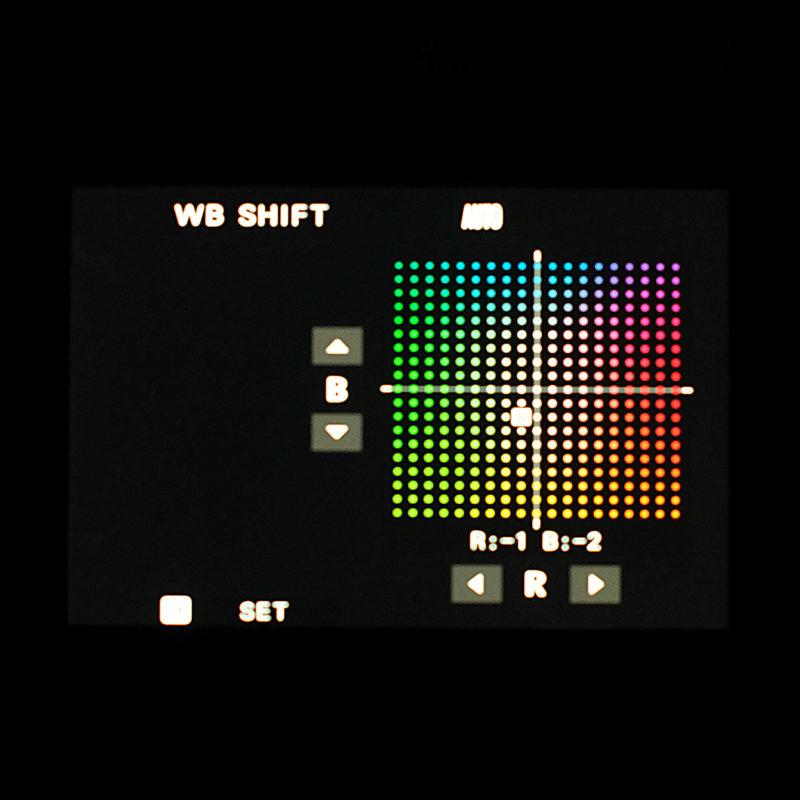
Speaking of menus, they’re super simple on these Fujifilm cameras (any model). When you hit the “Menu” button the camera will present you with the “My Menu” panel first, which you can populate with your most-used options, and then gives you 6 other pages for Image Quality (basically your Q menu), Focus Options, Shooting Settings (Self Timer, Bracketing, Auto ISO stuff, etc), Flash Settings, Movie Settings (Resolution, Frame Rate, High Speed, Log or Film Sim, etc), and then Set Up (Button Mapping, SD Card stuff, Wireless features, etc). Nice and easy. Another nice thing about the menu is it remembers where you last left off so even though you’re given the “My Menu” first, when you go through the pages and then press “right” to go through the sub-menus, it starts off where you last were making switching settings back and forth nice and quick.
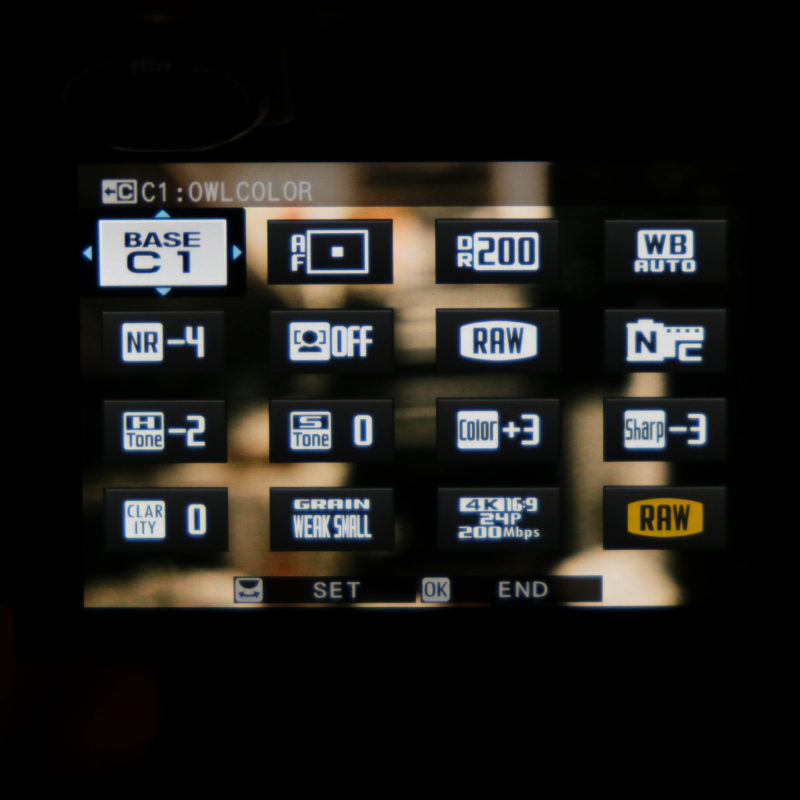
The Wireless feature on this camera really does add a whole other layer of operability to your day-to-day shooting. I’m sure other cameras do it, I know the Leica Q2 does, but being able to just pop open the app and transfer down-sampled 3MB photos to your phone (as opposed to the full 26mp image that’s relatively unnecessary for posting on Instagram) quickly and painlessly is fantastic. How many times have you been told “ooh send that to me!” and then you have to go “uh… well when I get home and transfer everything…” and everyone loses interest and faith in you as a photographer. Might as well go home right there and feel shame. I will say that the app can be kind of finicky sometimes (something Fujifilm has said they’re acutely aware of and are working on) and can take a few tries before it connects to your camera, but I have found that if you just leave the app running it connects a lot faster. Not ideal, but it works. Also you can’t have a VPN on. Once it is connected though, you can see all your images and transfer whichever ones you want. You can even use the app as a live-view and take pictures remotely!
Before you transfer your photos, before you’ve taken your photos, obviously you’ll have dialed in your film simulation and image settings to taste. But what if you’re indecisive?
A wonderful “hidden” feature of the Fujifilm cameras, including the X100V, is the RAW EDITOR! That’s right, you can shoot raw and make those “Q Menu” adjustments after the fact right in camera and then save those adjustments as a JPEG. That includes Image Size/Quality, Push/Pull Processing, Dynamic Range, Film Sim, Grain, Color Chrome Effects, White Balance, Tone Curve, everything. Everything! Even stuff like Color Space. This means if you’re the kind of person who primarily shoots raw (you have Compressed and Lossless Compressed options with this camera) and you still get that “hey send that to me!” tap on the shoulder when you’ve taken the world’s greatest group photo, you can go in there and quickly make it look nice (or simply select “reflect shooting conditions” which will save it with the image settings you had) and then transfer it to your phone over Bluetooth and text it to them. Or you can just shoot RAW+JPEG I guess. It’s a win/win/win for everyone. Personally, I almost exclusively shoot with everything set to auto and ride the exposure comp dial to get things where I want them, saving to JPEG since I have my look pretty dialed-in the way I like, but every so often I’ll flip over to RAW just because I saw something particularly cool I wanted to edit more granularly or was taking a spontaneous portrait of some kind or something like that.
Not that it’s going to be the reason you get this camera but I have to add that the video quality on the X100V is just as good as the XT4. I’ve written previously about the Cinema Capabilities of the Fujifilm cameras, specifically the XT3/4, and there’s no reason why you couldn’t use the X100V instead. Granted you’re pretty limited on options if you go that route workflow-wise, but hey: if the XT4 is a fantastic B-cam to my C500, the X100V could do it too as long as I was fine with the 23mm Field of View and general lens characteristics therin. In practice I’d probably go C500 for my A, XT3/4 for my B, and X100V for my C if I were to do it for real with the gear I currently have, but the point remains: it’s the same sensor and processor as the XT4, the image is basically identical on that front. For spontaneously filming something you and your friends are doing it’s miles better than your cell phone could do. I guess if you put a little hotshoe mic on there like the VideoMicro from Rode you’d have a nice little vlogging cam or at least enhance the audio of your aforementioned spontaneous video (although if you were vlogging you wouldn’t be able to see the screen). I even shot the HD/120fps at the Filmtools Cineshred event (which was at night) and the footage of the skaters came out great! One advantage to shooting 709 (although Flog is still an option) is you tend to have less noise in the shadows because black is just black, not “lifted log gray” as it were. Internally it’ll record your basic 8bit 4:2:0 but using the HDMI port you can get 10bit 4:2:2! It might feel a little weird considering the monitor/recorder you’re using would likely be bigger than the camera itself, but you can still do it!
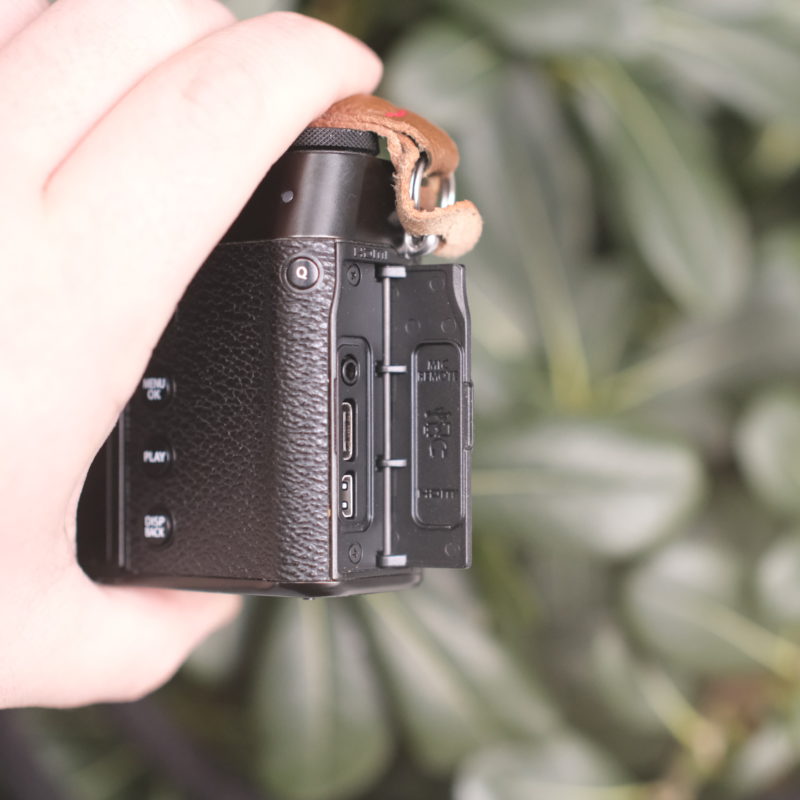
There are a few things that I would potentially have changed: there’s no IBIS, for instance, and it’d be cool to have that 4:5 mode from the GFX series or even 2.40:1, something like that… actually that’s about all I can think of. Maybe adding in the Nostalgic Negative simulation from the GFX100s, that’d be cool too (I still really want a GFX camera, honestly). Otherwise, for what this camera is meant to be, I pretty much think it’s perfect. Obviously this “review” isn’t entirely objective but I don’t care, my heart is overriding my brain on this one and I’m letting it happen. This camera just wants you to take it with you and shoot with it. Your photographic awareness goes up the more you do, too, because once you know you have the ability to quickly and easily take gorgeous photos at any given moment, you kind of have your head on a swivel and start looking for great light or fantastic compositions. You have the power to get some separation between your background and subject, unlike your phone’s camera, so you start to think like a photographer all the time instead of when you’re in “photographer mode” and I love that feeling. I love having a creative gear always turning in my brain and hey, if you start to get burnt out just leave it at home.
But I’ve yet to get burnt out.

Filmtools
Filmmakers go-to destination for pre-production, production & post production equipment!
Shop Now